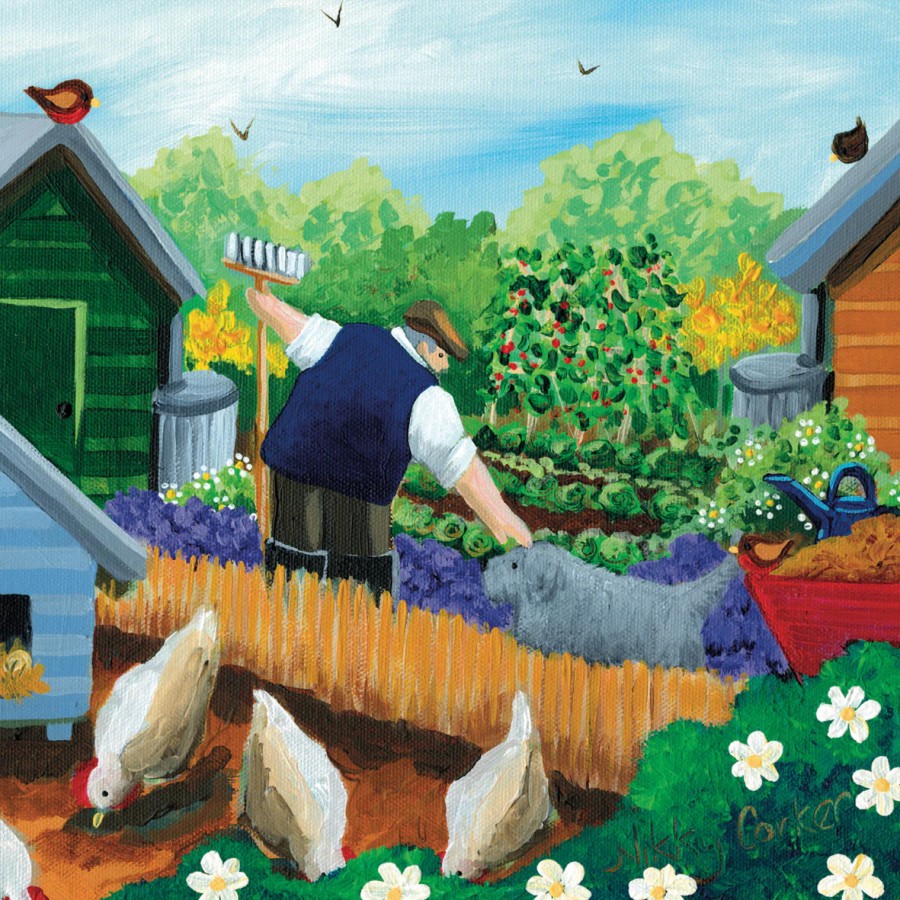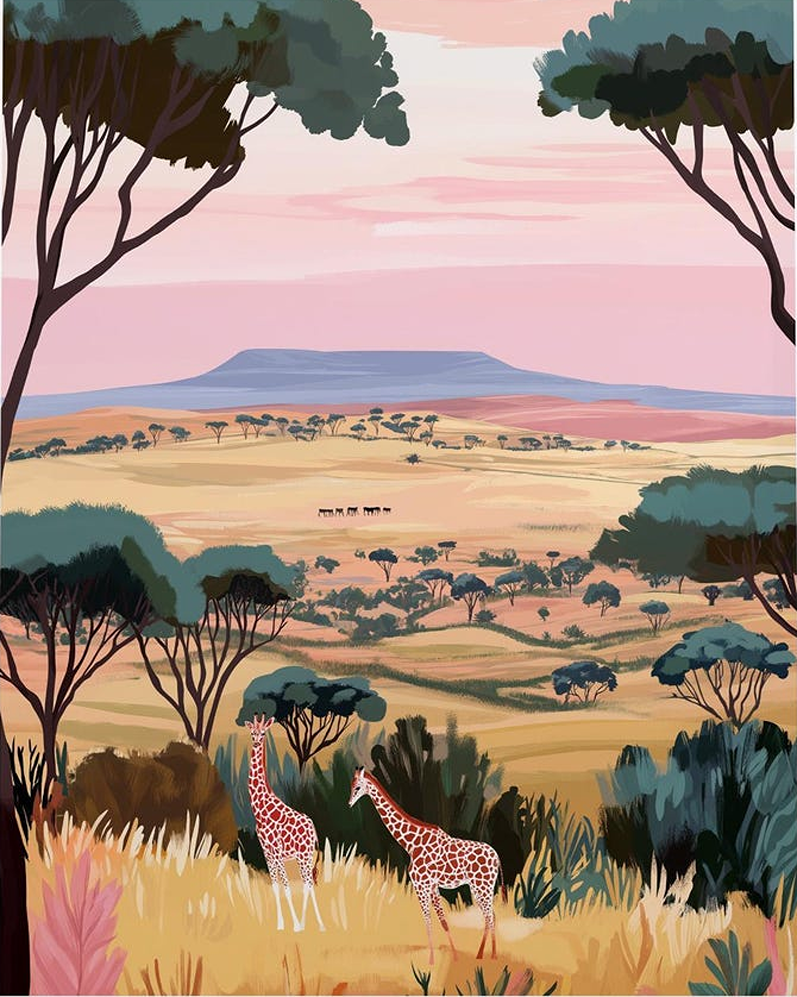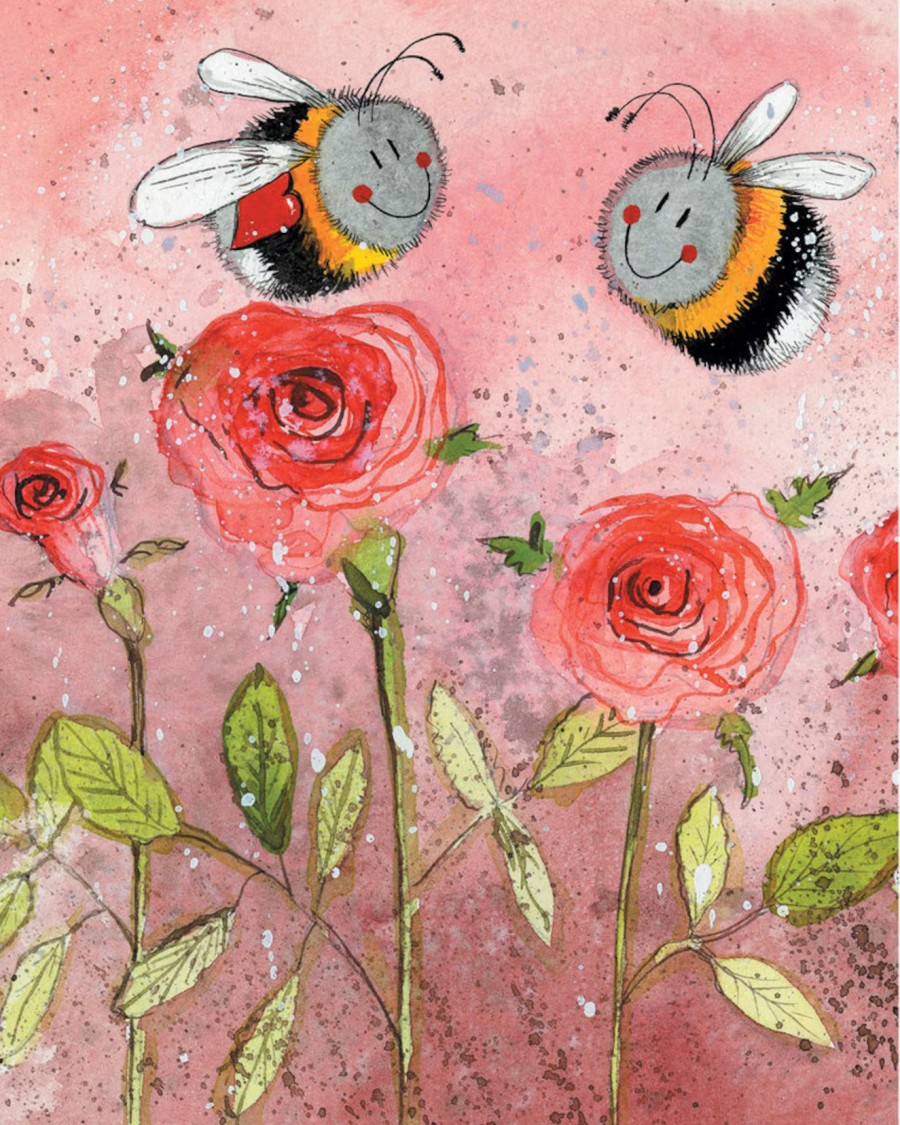How to Preserve and Restore England’s Wetlands

England’s wetlands are wild treasures for our birds, native wildlife and marine creatures. From the windswept broads of Norfolk to the dragonfly-rich marshes in Somerset, these watery places are packed with everything from endangered curlews and water voles, to rare butterflies and sea turtles.
In 1637, East Anglia had 3,380 square kilometres of wetland. In 1986 there was just 10 square kilometres left.
Wetlands act as natural filters for water, guard our homes from floods and lock away carbon in deep layers of peat. Every patch, whether a wild estuary or a boggy strip in your garden, plays a part.
WWT is England’s main charity to help restore and protect our wetlands. There are wetlands worldwide (like coral reefs, lagoons and mangroves). But England has many of the main types of wetlands which provide vital homes to birds and wildlife including:
- Wet grasslands (home to endangered curlews and wildflowers)
- Seagrass beds (vital as food for endangered sea turtles)
- Rivers and streams (vital to keep free of oil, litter and sewage)
- Reedbeds (home to bitterns, eels and harvest mice)
- Ponds (vital homes for amphibians: frogs, toads & newts)
- Peat bogs (home to dragonflies, damselflies & butterflies)
- Lakes (these are home to over 140,000 species)
- Estuaries (where freshwater and seawater meets)
- Ditches & scrapes (these small areas also support wildlife)
- Fens (fertile wetlands, mostly found in Eastern England)
The best way to help dragonflies and damselflies is to preserve remaining wetlands (their natural homes). In 1637, East Anglia had 3,380 square kilometres of wetland. In 1986 there was just 10 square kilometres left.
The charity is helping to create and restore 100,000 hectares of wetlands in the UK and is actively purchasing low-lying ground to create and restore new wetlands.
It’s also creating a new saltmarsh nature reserve in the Forest of Dean, which will be a haven for wildlife, and also store carbon to help reduce floods and climate change.
Why Do England’s Wetlands Matter?

Wetlands are areas where water covers the soil, often supporting a patchwork of reeds, bogs, ponds, and marshes. They might look like just soggy corners of the countryside, but they pack huge ecological punch.
- Flood defence: Wetlands soak up floodwater like a giant sponge, slowing it before it reaches homes and roads.
- Wildlife sanctuary: These habitats support more species, per square metre, than most other habitats. That means birds, insects, amphibians, and plants.
- Natural filter: Wetlands clean water by trapping pollutants and sediments.
- Climate cooling: They lock up carbon, helping to slow climate change.
Take away wetlands, and you risk losing not just wildlife, but also homes, history, and entire ecosystems.
Avoid Buying Peat Compost for Your Garden
Peat is precious. It forms over thousands of years and stores massive amounts of carbon. Many garden centres still sell compost made from peat dug out of ancient bogs. Using peat-free compost sends a message that you care.
It protects the peat bogs left in places like the Somerset Levels, which are home to dragonflies, damselflies and a whole crowd of rare wildlife.
If you garden alongside animals, read our post on pet-friendly gardens. Avoid fresh compost near pets (some composts like cocoa, pine or rubber are unsafe).
Restore Reedbeds and Seagrass Beds
Reedbeds and seagrass beds work like giant sponges, cleaning water and giving safe cover to fish, birds and insects. Groups across England are replanting these habitats bit by bit, pulling out invasive plants and letting the reeds regrow naturally.
If you’re near the coast, support efforts to re-seed seagrass beds. These watery meadows give shelter to seahorses and even young sea turtles in warmer months.
Ban Lead Ammunition
Water birds and many wetland animals suffer from old lead shot left behind. Lead poisons water voles, ducks and even predators higher up the food chain.
There is only a voluntary ban at the moment for people who shoot innocent animals. Join the campaign to ban lead ammunition.
Volunteer for Local Clean-Ups
Litter, plastic waste and dumped tyres clog up streams and marshes, trapping animals and blocking water flow. Joining or organising a clear-up, even once a year, means fewer birds, fish and amphibians get tangled up or poisoned.
Join your local litter-picking group, or set one up.
Help Wildlife Trusts Buy Wetland Sites
Many rewilding charities across England are working to secure precious wetland patches, restore water levels and manage grazing. Give them your support, as once they own the land, nobody can come along and build on it.
This direct action helps species from dragonflies, to elusive water voles. They also help to restore floodplains and wet grasslands, to help rivers cope with heavy rains. This gives birds like endangered lapwings their nesting space back, and also cuts flood risk for people.
Farmers are now also building swales and scrapes (small wet ditches and pools) on land, to help restore wetlands and help wildlife. Supporting peatland re-wetting projects also helps, which is already happening in the Pennine and North York Moors.
A Book on Bogs and Other Peatlands
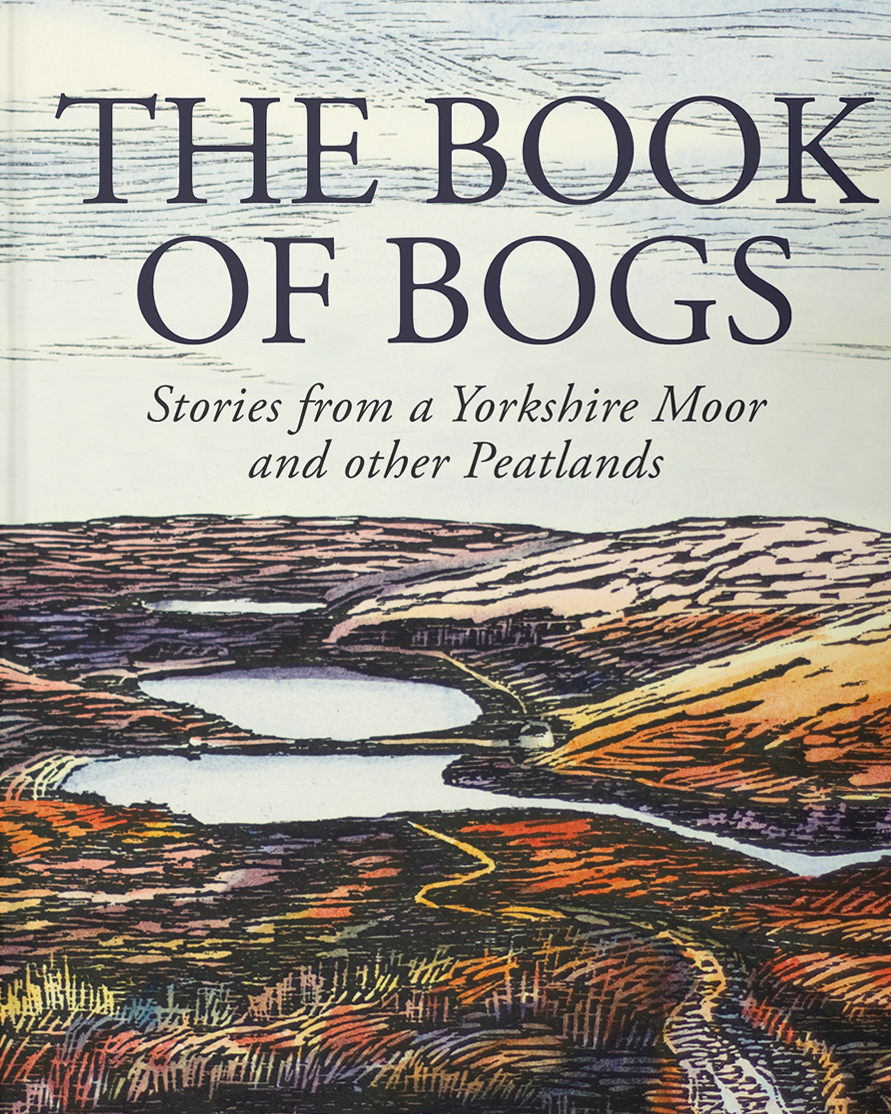
The Book of Bogs is an anthology built from a shared passion for often overlooked and threatened landscapes – bogs and other peatlands. And like peat, this book is full of living things, including stories.
Stories of:
- Scientific study
- Archaeological discovery
- Personal stories
- Fiction & poetry
- Damage & threat
- Adventure & love
Stories of Walshaw Moor in West Yorkshire, alongside stories of the peatlands of Papua New Guinea, the Flow Country, Cors Caron and more.
This anthology from 40 writers (including Robert Macfarlane, Amy Liptrot, Alys Fowler and Guy Shrubsole) is a collaboration between ‘The Boggarts’, a group of writers working to protect our peatlands, which are home to endangered plants and wildlife, and help to prevent flooding.
Recent years has seen peat extracted to make garden compost, or flattened for the grouse-shooting industry (which causes floods).
How Florida Looks After Its Wetlands
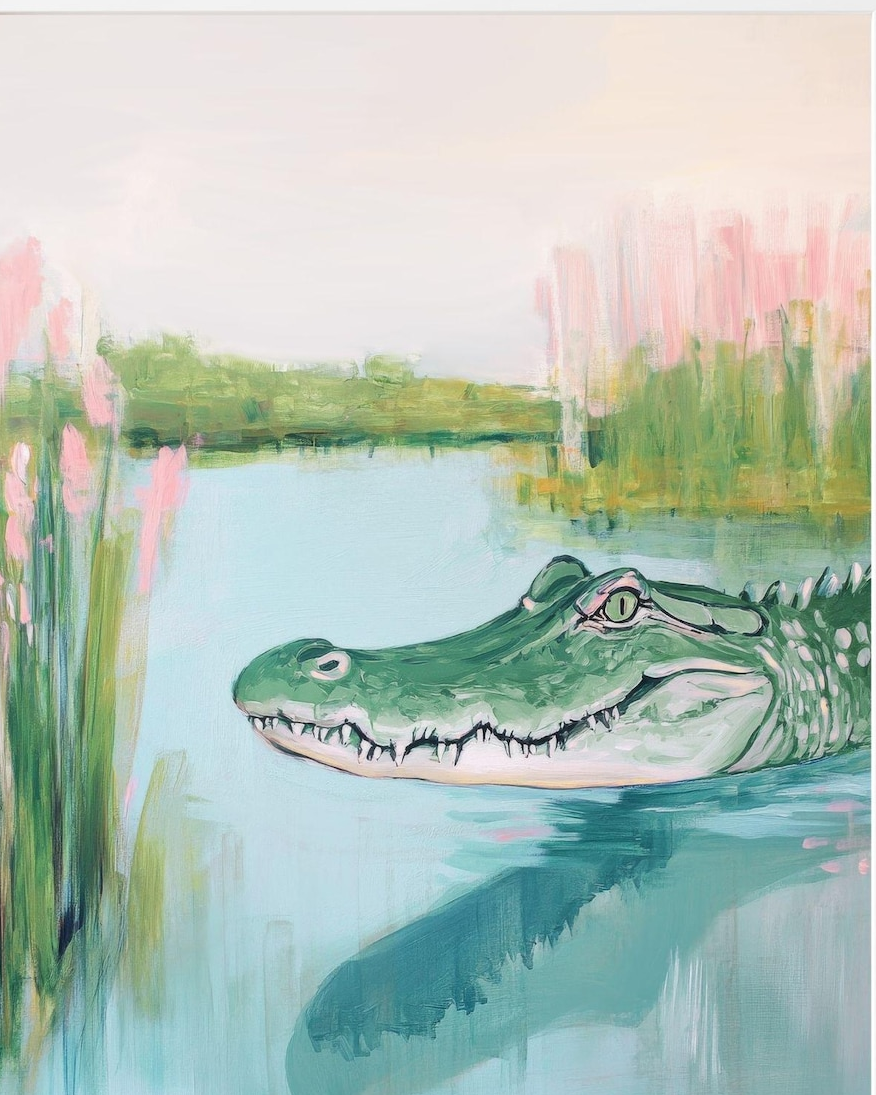
Unlike in England where we have lost a lot of our wetlands, Floridians are passionate about preserving wetlands for their own species including flamingos and scary-looking alligators!
Florida is the southernmost state in the USA, not far from Cuba and the Caribbean. The top bit kind of flows into the Deep South, near Alabama.
The Florida Everglades is a whopping 1.5 million acres of wetlands, mangrove forests, marshes (similar to our Fens) and many species including sea turtles, wild dolphins, manatees and over 500 species of birds.
The land of orange trees, golf courses and white pristine beaches (though like in England, there are volunteer beach cleans to remove litter), this is a glorious place of ideas to inspire!
Florida is known as ‘the sunshine state’, due to the huge amount of sunny weather it receives. This tends to also reflect in the people, who have a sunny positive attitude about nearly everything, something possibly we could learn from in England!
Fight for the things that you care about. But do it in a way that will lead others to join you. Ruth Bader Ginsburg




